After ANC, what will be the next audio innovation for wireless headphones and earphones?
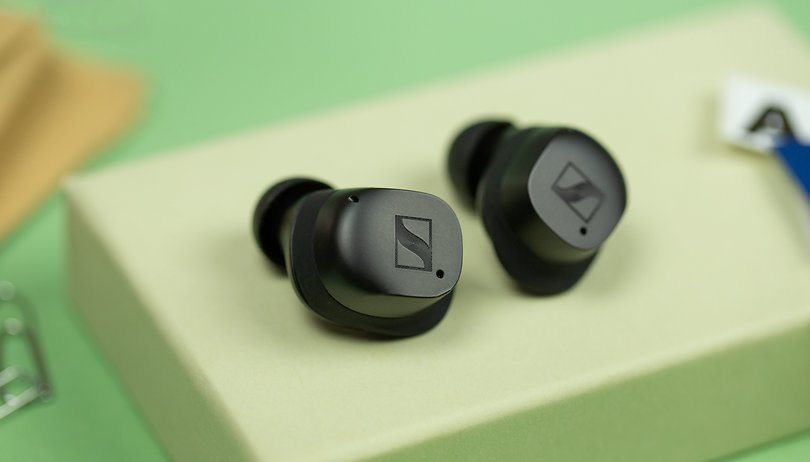

Sitting on the sidelines of IFA 2022, I had the opportunity to talk with Christian Ern, head of Sennheiser's consumer headphones and earphones catalog. We discussed audiophilia, true wireless headphones, and "ambient awareness" which are slated to be the next big thing in consumer audio wearables after ANC.
If I were to mention "wireless headphones" or "Bluetooth headphones", you may think of Sennheiser, but other brand names such as Sony and Bose will also pop up. Yes, despite its decades of presence on the market and its excellent reputation among audiophiles and audio professionals worldwide, the German specialist continues to play the role of a challenger in the consumer market.
So much so that last year, Sennheiser's consumer audio division was taken over by its parent company, Sonova, to strengthen its position. At the same time, in an era where some reviewers and users think that listening to an MP3 file on Spotify in AAC format on a pair of AirPods Pro is considered the pinnacle of audio achievement, does a manufacturer like Sennheiser really have a place today?
If Sennheiser is to be believed, it's a big yes, and one of the ways they've done that is by developing a particular feature: transparency mode. Yes, you know, it's the opposite of active noise reduction (ANC), which consists in amplifying ambient noise. Why is this ambient awareness going to become more and more prevalent in our headphones and earphones? I asked Christian Ern from Sennheiser to pick his brains.
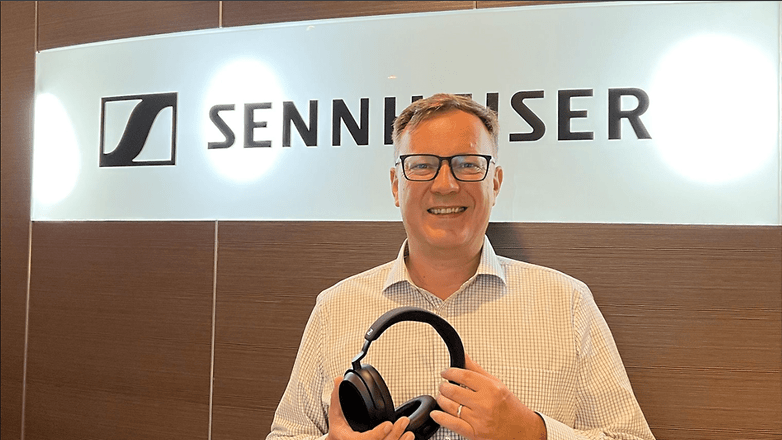
Comfort is more important than anything else in Europe
If you were to go to Japan and ask an average techie to show you his or her audio equipment, he or she will most likely pull out at least one DAC from his or her pocket, connected to his or her smartphone, as well as a pair of HiFi wired headphones. Fiio, Meze, Shure, Hidizs, Thieaudio, or Klipsch, are brands that are much more mainstream than in Europe. Many of them also carry a HiFi player or a portable amp.
If we were to do the same in Europe, we are more likely to find an old pair of AirPods from 2016 or, at best, a pair of AirPods Pro. Sure, audiophile gear is far from cheap (even if you can get away with it on a tight budget), but it's mostly a matter of approach to tech.
"In Europe, the comfort factor is much more important. In Japan, it's pretty crazy, and in a good way. People have turned audiophilia into a science. You have to have the right headphones, the right cable, the right player. It's almost a gamification of the user experience. In Europe, it's the comfort of use that's important," explains Christian Ern.
This attachment to the "plug and play" aspect, where all you have to do is open your AirPods box and they pair with your iPhone, explains in large part Apple's success in the wireless headphone market. And that's precisely why manufacturers like Sennheiser, Sony or Bose are working so hard on deeper integration with Android smartphones.
- Also read: Soundcore Space Q45 headphones review
"Google's Fast Pair and Microsoft's Easy Pair are the latest notable examples," Christian Ern reminded me. But even Fast Pair is struggling to be properly implemented by all manufacturers. Personally, I'm still surprised when I see the Fast Pair animation when pairing new headphones to my smartphone.
For me, this is THE biggest challenge for brands like Sennheiser. Managing to become accessible enough to become fully mainstream, and Christian Ern is not going to participate in this rat race. This is because demand from audiophiles, users who are more demanding on audio quality, exists. However, it remains a very niche market.
After ANC, ambient awareness to break through to non-purists?
Imagine that you have read all of Tolkien's works. From The Silmarillion to The Children of Húrin to Beren and Lúthien and The Unfinished Tales and Legends. You probably gritted your teeth while watching the first two episodes of the Rings of Power series on Amazon Prime over the weekend. Maybe you even grumbled at Peter Jackson's trilogy (wrongly, but I'm not judging you).
But these movies, like this new series, will most certainly be a gateway for many new fans to the, let's face it, ultimately not very accessible Tolkien universe. Well, it's the same for audiophilia. We don't all have the time nor the desire to go through fifteen comparisons to buy the right DAC, the right DAP, the right earphones, or the right headphones.
- Related: Sennheiser Momentum 4 review
"Sennheiser still has at its heart the audio quality for which we are known all over the world. We make our own transducers, and it's this mastery and precision that sets us apart. And since no one should be walking around with HD600s in the subway, we're using this technology in more accessible products like the Momentum 4, for example," says Christian Ern.

And this democratization, it also has to pass through the valley of innovation. We saw it with the ANC, otherwise known as active noise cancellation. A feature can become so popular that users make it a decisive purchasing criterion, even if it means creating a new category of products in its own right. Except that creating products that are too situational would be counterproductive, as Christian Ern rightfully pointed out to me.
"We're not going to make a product for every type of situation. That's why, for example, more and more headphones and earbuds are offering a transparency mode in addition to ANC." The idea is to do everything so that you don't have to take your headphones or earbuds out of your ears.
Going on the subway and want to block out the crowd noise? You turn on ANC. But when you get off the train and walk down the street? You activate the transparency mode to hear the cars coming and not get run over. The famous transparency mode, this "ambient awareness" is not new, we have been talking about it for a few years.
- Also read: Sennheiser Momentum True Wireless 3 review
At the end of the day, it is about to become THE next innovation vector on the audio market. In my Jabra Elite 5 review, for example, I was raving about the ability to adjust the level of ANC or transparency on each earpiece separately. I think manufacturers will continue to exploit this.
"Well, we are still far from this versatility for audiophile products. A smartphone can't even properly power them now.
However, this transparent fashion stuff, which makes us forget about the headphones and earbuds we have on our ears, makes me think that a future where audio wearables become a true intuitive and fluid multi-device interface is not so far away.
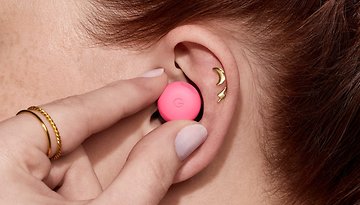
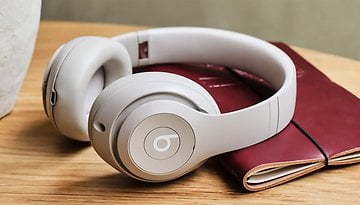
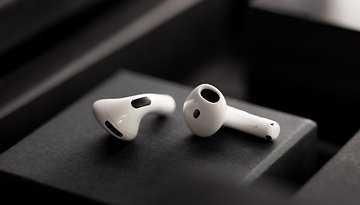
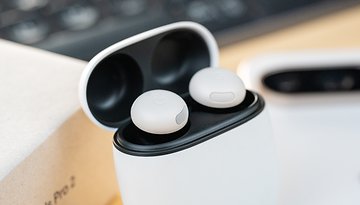
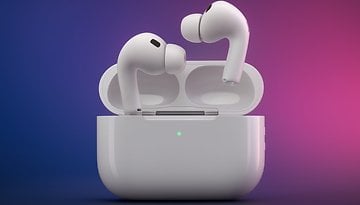
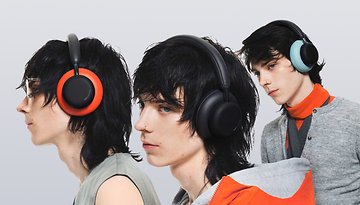

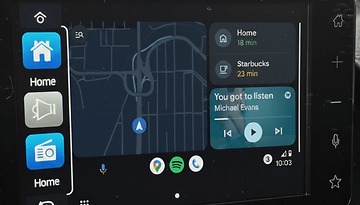
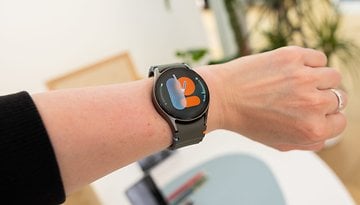

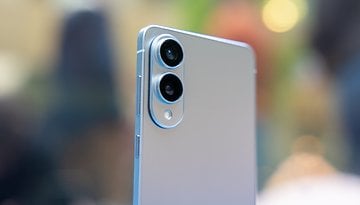



Probably selective DSP for particular purposes. Increased clarity for speech such as hearing aids do now. To help when you're stuck in an auditorium. Directional focus. So you can target an area for listening off axis to you. Say in a noisy restaurant where you've gathered for group meal, but you can't hear the people at the other end of the table.